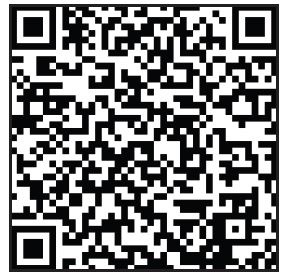 |
Case Report
Alternating hemiplegia revealing a vertebrobasilar dolichoectasia: A case report and review of the literature
1 Military Hospital, Radiology Department, Mohamed V University, Rabat, Morocco
Address correspondence to:
Fabrice Diekouadio
Military Hospital, Mohamed V University, Rabat,
Morocco
Message to Corresponding Author
Article ID: 100013R02FD2019
Access full text article on other devices

Access PDF of article on other devices

How to cite this article
Diekouadio F, El Bakkari A, Ayouche O, Mohamed DA, Chaoui B. Alternating hemiplegia revealing a vertebrobasilar dolichoectasia: A case report and review of the literature. Edorium J Radiol 2019;5:100013R02FD2019.ABSTRACT
Introduction: Vertebrobasilar dolichoectasia (VBD) is defined by an increase in the length and size of vertebrobasilar system, which take on a tortuous aspect. This pathology is due to a rarefaction of the internal elastic lamina at the media level of the dolichoectatic artery. Vertebrobasilar dolichoectasia is usually asymptomatic and can be discovered by chance. In symptomatic patients, the clinical signs may be due to three factors: ischemic complications, hemorrhagic or signs of compression of the brain stem, cranial nerves or third ventricle.
Case Report: Here we describe the case of a 67-year-old man who presented with left hemiparesis with ophthalmoplegia and right peripheral facial palsy. These clinical signs suggested an alternating hemiplegia, indicating brain stem involvement. As part of the evaluation, he received a brain scan and magnetic resonance imaging (MRI) of the brain with magnetic resonance angiography (MRA), which revealed the presence of basilar artery dolichoectasia. Current diagnostic criteria for computed tomography (CT) and MRI scans include three quantitative measurements of basilar dolichoectasia: lateral score, bifurcation height, and basilar artery diameter.
Conclusion: Dolichoectasia is an unusual vasculopathy that causes enlargement, tortuosity, or lengthening of the arteries. Intracranial arterial dolichoectasia most often involves the vertebrobasilar system. Ischemic strokes are the most common, followed by progressive compression of the cranial nerves and brain stem, cerebral hemorrhage, and hydrocephalus. In our case, VBD has caused an alternating syndrome.
Keywords: Alternating hemiplegia, Dolichoectasia, Vertebrobasilar
SUPPORTING INFORMATION
Author Contributions
Fabrice Diekouadio - Substantial contributions to conception and design, Acquisition of data, Analysis of data, Interpretation of data, Drafting the article, Revising it critically for important intellectual content, Final approval of the version to be published
Asaad El Bakkari - Acquisition of data, Analysis of data, Interpretation of data, Drafting the article, Revising it critically for important intellectual content, Final approval of the version to be published
Othman Ayouche - Acquisition of data, Analysis of data, Interpretation of data, Drafting the article, Revising it critically for important intellectual content, Final approval of the version to be published
Daoud Ali Mohamed - Acquisition of data, Analysis of data, Interpretation of data, Drafting the article, Revising it critically for important intellectual content, Final approval of the version to be published
Badr Chaoui - Acquisition of data, Analysis of data, Drafting the article, Revising it critically for important intellectual content, Final approval of the version to be published
Guaranter of SubmissionThe corresponding author is the guarantor of submission.
Source of SupportNone
Consent StatementWritten informed consent was obtained from the patient for publication of this article.
Data AvailabilityAll relevant data are within the paper and its Supporting Information files.
Conflict of InterestAuthors declare no conflict of interest.
Copyright© 2019 Fabrice Diekouadio et al. This article is distributed under the terms of Creative Commons Attribution License which permits unrestricted use, distribution and reproduction in any medium provided the original author(s) and original publisher are properly credited. Please see the copyright policy on the journal website for more information.



